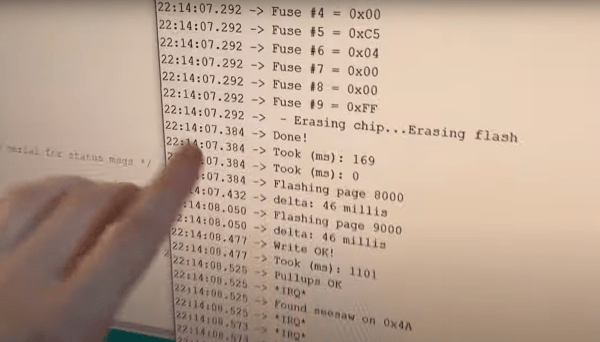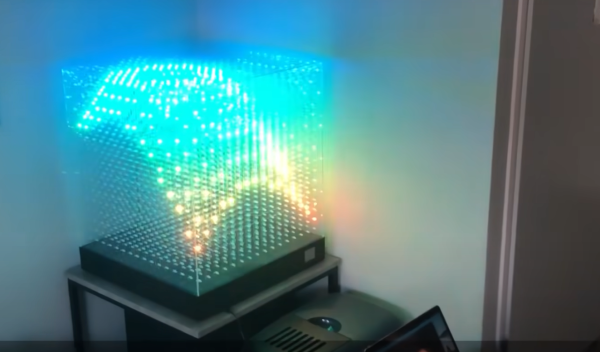No matter how its done, with whatever level of fakery, magnetic levitation just looks cool. We don’t know about you, but merely walking past the tackiest gadget shop, the displays of levitating and rotating objects always catches our eye. Superconductors aside, these devices are pretty much all operating in the same way; an object with a permanent rare-earth magnet is held in a stable position between a pair of electromagnets one above and one below, with some control electronics to adjust the field strength and close the loop.
But, there may be another way, albeit a rather special case, where a magnet can not only be levitated, but locked in place using a rotating magnetic field. The video shows a demonstration of how the mass of a magnet can be used to phase lock it against a rotating field. In essence, the magnet will want to rotate to align with the rotating magnetic field, but its mass will mean there is a time delay for the force to act and rotation to occur, which will lag the rotating magnetic field, and if it is phased just so, the rotation will be cancelled and the magnet will be locked in a stable position. Essentially the inertia of the magnet can be leveraged to counteract magnet’s tendency to rapidly rotate to find a stable position in the field.
Whilst the idea is not new, Turkish experimenter [Hamdi Ucar] has been working on this subject for some time (checkout his YouTube channel for a LOT of content on it), even going as far as to publish a very detailed academic paper on the subject. With our explanation here we’re trying to simplify the subject for the sake of brevity, but since the paper has a lot of gory details for the physicists among you, if you can handle the maths, you can come to your own conclusions.
Continue reading “Development Of Magnetic Locking Idea Shows Great Progress”


















